One wrong letter on a prescription can kill. It’s not a scare tactic-it’s fact. In hospitals, clinics, and pharmacies across the world, simple abbreviations like QD, MS, or U have led to overdoses, wrong drugs, and even deaths. These aren’t typos. They’re system failures rooted in outdated habits that still linger in medical practice. And the worst part? Most of these errors are completely preventable.
Why Abbreviations Are a Silent Killer
Prescriptions are communication. When a doctor writes ‘MS,’ they mean morphine sulfate. But to a pharmacist, nurse, or even another doctor, that same abbreviation could mean magnesium sulfate. One is a powerful painkiller. The other treats seizures and high blood pressure. Mix them up, and you’re giving a heart attack patient a drug that can stop their heart. The problem isn’t just handwriting anymore. Even in digital systems, free-text fields let bad habits slip through. A 2021 study found that 12.7% of medication errors in electronic health records still came from ambiguous abbreviations. That’s not a glitch-it’s a culture problem. The Joint Commission and the Institute for Safe Medication Practices (ISMP) have been warning about this since 2001. Their ‘Do Not Use’ list wasn’t created on a whim. It was built from thousands of real patient harm reports. One analysis of nearly 5,000 medication errors showed that QD alone was involved in 43.1% of all abbreviation-related mistakes. Why? Because ‘QD’ looks like ‘QID’ (four times a day) when written poorly. Or worse, it’s misread as ‘QOD’ (every other day). A patient gets daily insulin but is given every-other-day dosing. Blood sugar crashes. Emergency room visit. ICU admission.The Top 5 Dangerous Abbreviations and What to Use Instead
Here are the most common troublemakers-and the simple, safe replacements that save lives.- QD → Use daily or once daily
- QOD → Use every other day
- U → Use unit
- MS or MSO4 → Use morphine sulfate
- cc → Use mL (milliliters)
What About Drug Names? AZT, TAC, DTO-They’re All Traps
Drug abbreviations are even riskier. ‘AZT’ might seem harmless-it’s short for zidovudine, an HIV drug. But it’s easily confused with azathioprine (an immunosuppressant) or aztreonam (an antibiotic). Give the wrong one, and you’re not treating HIV-you’re making the patient more vulnerable to infection. ‘TAC’ is another trap. It stands for triamcinolone, a steroid cream. But it looks like ‘Tazorac,’ a different acne medication. A patient with eczema was given Tazorac because the handwriting was unclear. The result? Severe skin irritation and a three-week delay in proper treatment. Then there’s ‘DTO’-diluted tincture of opium. Sounds obscure? It’s still used in some places. But it’s been mistaken for morphine sulfate. The patient gets a dose meant for chronic diarrhea-and ends up with opioid overdose. These aren’t rare cases. A 2022 survey of 1,843 pharmacists found that 63.7% had intercepted a dangerous abbreviation error in the past year. ‘QD,’ ‘U,’ and ‘MS’ were the top three. That means in nearly two out of three pharmacies, someone almost got hurt because of a shortcut.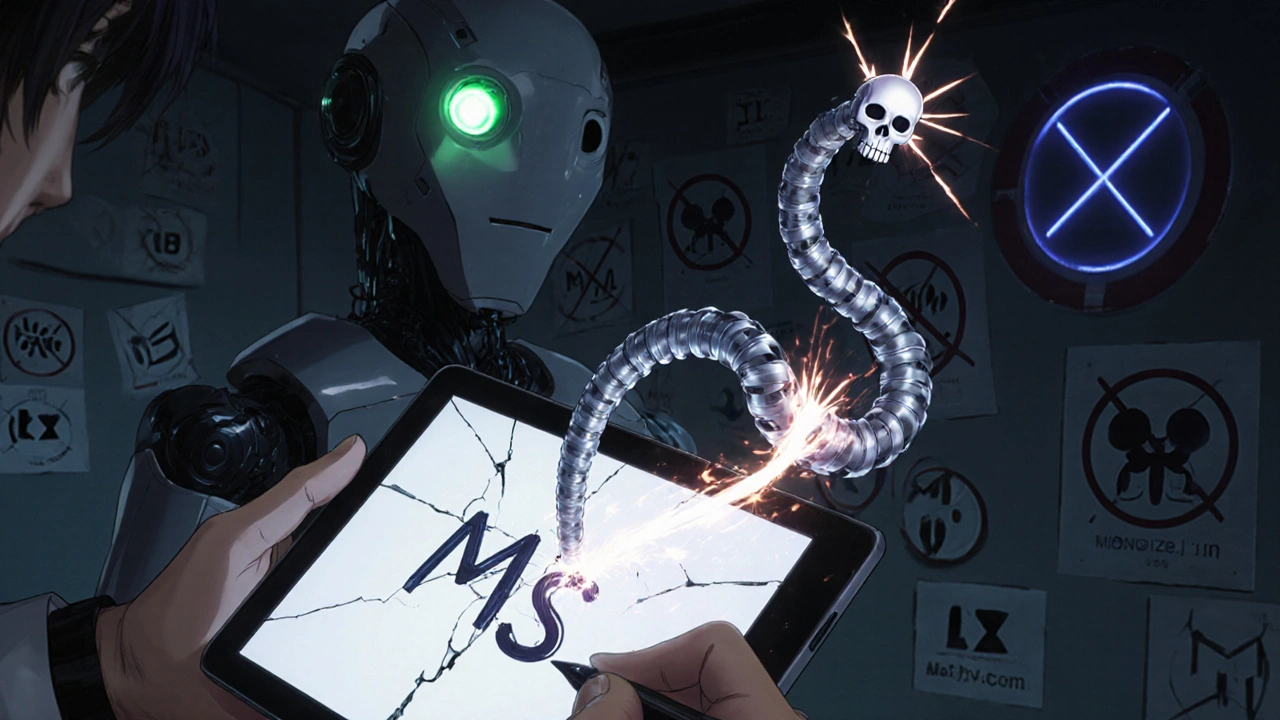
Why Do Doctors Still Use Them?
You’d think after 20+ years of warnings, this would be over. But it’s not. A 2022 American Medical Association survey found that 43.7% of physicians over 50 still use banned abbreviations. Why? Because they learned them in medical school decades ago. They’ve used ‘QD’ since the 1980s. It’s muscle memory. Old habits die hard. And in fast-paced clinics, doctors don’t want to type out ‘every other day’ when ‘QOD’ is faster. But speed isn’t worth safety. A 2020 study from Mayo Clinic showed that after switching to full spell-outs, error rates dropped by 92.3%. The initial resistance? Real. But within six months, doctors said they didn’t miss the abbreviations at all. The bigger issue? EHR systems still allow free-text entry. Even if the system flags ‘U,’ a doctor can click ‘ignore’ and move on. Enforcement is weak in many places. Hospitals with hard stops-where the system won’t let you submit a prescription with ‘QD’ or ‘MS’-see the biggest drops in errors. But not all hospitals have those.What Works: Real Solutions That Save Lives
It’s not enough to post a list on the wall. Real change needs structure.- Hard stops in EHR systems: If ‘QD’ is typed, the system blocks submission and forces ‘once daily.’ This is the single most effective tool.
- Mandatory training: All prescribers, pharmacists, and nurses need a 90-minute session on why these abbreviations are dangerous. Not a PowerPoint. Real stories. Real cases.
- Real-time feedback: When a pharmacist catches an error, they flag it to the prescriber. Not as a reprimand-as a learning moment. This cuts repeat errors by 84%.
- Clear policies with consequences: Accreditation bodies like The Joint Commission now require this. Facilities that don’t comply risk losing certification.
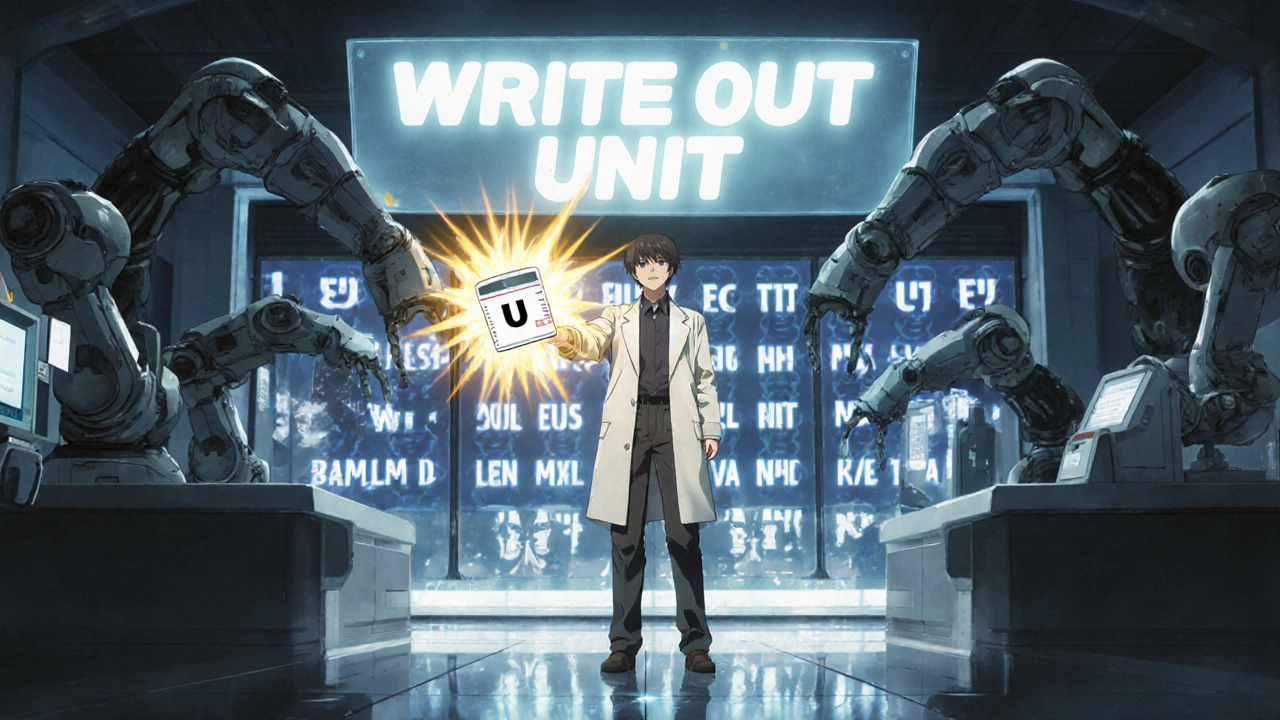
What Patients Can Do
You don’t have to wait for the system to fix itself. If you get a prescription with ‘QD,’ ‘U,’ or ‘MS’-ask. Say: ‘Can you write that out in full?’ If the doctor says ‘it’s standard,’ ask again. You’re not being difficult. You’re being smart. Keep a list of your medications. If you’re on morphine sulfate, make sure your pharmacist knows it’s not magnesium sulfate. If you’re on insulin, confirm the dose is written as ‘units,’ not ‘U.’ Patients are the last line of defense. And in a world where abbreviations still kill, that’s not a burden-it’s a right.The Future Is Clear
New technology is helping. As of September 2023, 72% of U.S. hospitals using Epic EHR now have AI tools that auto-detect and flag dangerous abbreviations. By 2026, voice-to-text systems will correct ‘QD’ to ‘once daily’ as you speak it. But technology alone won’t fix this. The real fix is culture. It’s choosing to write clearly, even when it’s slower. It’s asking, ‘What if this gets misread?’ before you hit send. Because in medicine, there’s no room for shortcuts. Not when someone’s life depends on every letter.What is the most dangerous medical abbreviation?
The most dangerous abbreviation is ‘QD’ (intended to mean once daily). It’s frequently misread as ‘QID’ (four times daily) or ‘QOD’ (every other day), leading to dangerous under- or overdosing. According to ISMP data, ‘QD’ was involved in 43.1% of all abbreviation-related medication errors. The fix is simple: always write ‘once daily’ or ‘daily’ in full.
Why is ‘U’ for unit dangerous?
The letter ‘U’ can be mistaken for the number ‘0’ (zero), ‘4’ (four), or even ‘cc’ (cubic centimeters). In insulin prescriptions, ‘10U’ has been read as ‘100 units’ or ‘10 cc,’ leading to life-threatening overdoses. The safe alternative is always writing out ‘unit’ in full.
Is ‘MS’ always morphine sulfate?
No. ‘MS’ or ‘MSO4’ is often misread as ‘MgSO4’ (magnesium sulfate). Morphine sulfate is a strong opioid for pain. Magnesium sulfate is used for seizures and preeclampsia. Giving the wrong one can cause respiratory failure or cardiac arrest. Always write out ‘morphine sulfate’ in full-never abbreviate it.
Do electronic health records (EHRs) eliminate these errors?
EHRs reduce abbreviation errors by about 68%, but they don’t eliminate them. About 12.7% of errors in digital systems still come from free-text fields where providers type ‘QD,’ ‘U,’ or ‘MS’ manually. Hard stops-where the system blocks submission unless the abbreviation is corrected-are the only reliable way to prevent these mistakes.
What should I do if I see a dangerous abbreviation on my prescription?
Ask the prescriber or pharmacist to clarify. Say: ‘Can you please write this out in full?’ If it says ‘QD,’ ask if they mean ‘once daily.’ If it says ‘U,’ ask if they mean ‘unit.’ You have the right to understand your medication. Never assume-always confirm.
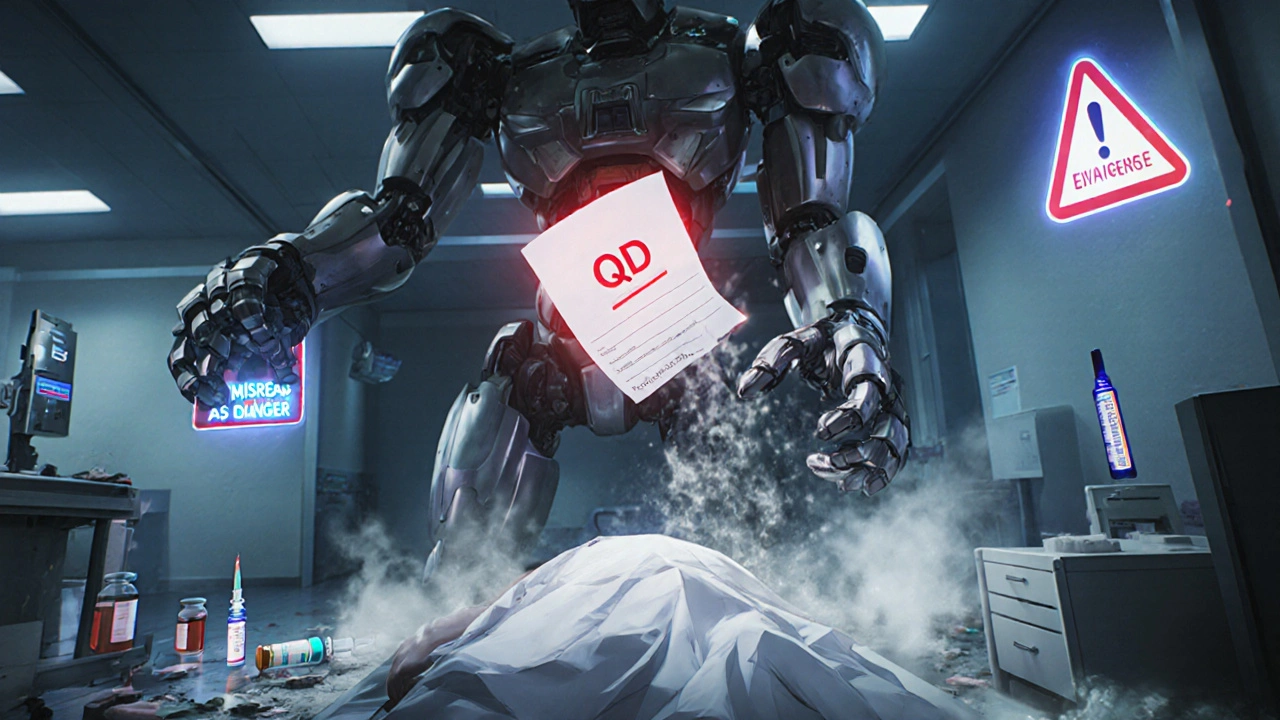
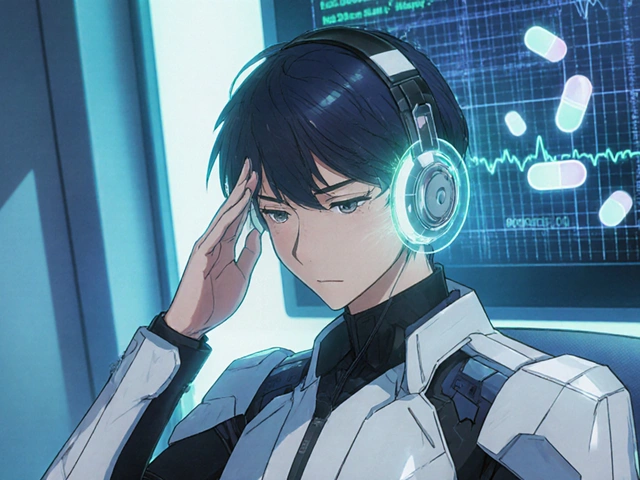


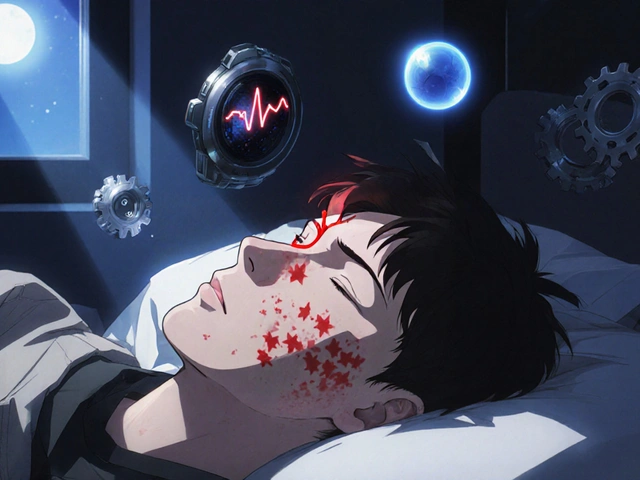
Scarlett Walker
November 14, 2025 AT 07:44So many people don't realize how easy it is to mess up a prescription. I had a cousin almost die because someone wrote 'U' instead of 'units' for insulin. She ended up in the ER at 3am. Now I check every script myself. It's not paranoia-it's survival.
Hrudananda Rath
November 15, 2025 AT 17:47It is a matter of profound disquietude that the medical profession, entrusted with the sacred duty of preserving life, continues to indulge in the abysmal negligence of archaic and ambiguous nomenclature. The persistence of such perilous contractions as 'QD' and 'MS' betrays a lamentable failure of professional discipline and intellectual rigor.
Brian Bell
November 16, 2025 AT 00:21Yikes. I just checked my last script and it said 'QD' 😳 I asked my doc to rewrite it and they were like 'oh yeah good call'... like we've all been playing Russian roulette with our meds. Let's fix this.
Nathan Hsu
November 16, 2025 AT 07:13Let me be perfectly clear: the use of 'U' as an abbreviation is not merely irresponsible-it is an affront to the very principles of clarity, precision, and human dignity in healthcare. Furthermore, the persistence of 'QD'-a symbol so easily confused with 'QID' or 'QOD'-is not just a lapse; it is a moral failure.
And let us not forget 'MS'-a two-letter death sentence waiting to happen. The fact that this continues, in the 21st century, is nothing short of criminal negligence.
It is not enough to 'suggest' better practices. We must mandate them. We must enforce them. We must punish those who flout them.
Our lives are not a game of telephone. We are not children playing doctor. We are human beings-and we deserve better.
Ashley Durance
November 16, 2025 AT 10:09Interesting how this article blames doctors, but ignores the fact that EHRs are poorly designed. If the system allowed 'QD' in the first place, why should we assume the clinician is the problem? Also, 43% of physicians over 50 still use them? That’s not culture-that’s incompetence. They should be retired.
Scott Saleska
November 17, 2025 AT 23:32Hey, I’m a nurse and I’ve seen this happen. One time a doctor wrote 'MS' and the pharmacist almost gave magnesium sulfate to a heart patient. I stepped in, but I shouldn’t have had to. Why aren’t we all using templates? Why is this still a thing? I mean, come on.
Peter Aultman
November 18, 2025 AT 01:27My dad’s a retired cardiologist and he still uses 'QD' out of habit. But he’ll write 'once daily' if you ask him. It’s not laziness-it’s muscle memory. The real fix is making the system force you to type it out. Not just flag it. Block it. Like a seatbelt alarm. If you can’t type 'daily' then you can’t submit. That’s the only thing that works.
And yeah, 'U' is the worst. I once saw a diabetic almost die because someone typed '10U' and the system read it as 100. No joke. That’s why I always say 'units' out loud when I give insulin. Even if I’m alone in the room.
It’s not about being perfect. It’s about being careful. One extra second saves lives. And honestly? Typing 'every other day' takes less time than arguing with a pharmacist who’s yelling at you because you wrote 'QOD'.
Also, I get why doctors don’t like it. But I’d rather be slow than dead. And so would you.
Just write it out. It’s not that hard.
Anjan Patel
November 18, 2025 AT 19:34THIS IS WHY AMERICA IS FALLING APART. We let doctors get away with this because they think they’re too important to change. Meanwhile, people are dying because someone was too lazy to type out 'unit'. This isn’t healthcare-it’s a horror movie written by a medical student in 1998.
And don’t even get me started on 'cc'. That’s like writing 'in' for inches. It’s 2024. We have spell check. We have autocorrect. We have AI. Why are we still doing this? Because we’re lazy. Because we don’t care. Because we think 'it’s always been done this way'.
Well guess what? It’s not okay. And if you’re still using 'MS' or 'U'-you’re not a doctor. You’re a liability.
Ryan Anderson
November 20, 2025 AT 01:47Just had my pharmacist call me about my script saying 'U' for insulin. She said, 'I almost gave you 100 units.' 😱 I thanked her and told my doctor. He said he didn’t even realize he typed it that way. Now he uses a template. We’re all learning. Small changes matter.
❤️
Eleanora Keene
November 21, 2025 AT 13:50Wow. I didn’t realize how dangerous these little shortcuts were. I’m going to start asking my doctors to write everything out. I’ve been on insulin for 12 years and never thought to double-check. I feel so naive. But now I know. Thank you for sharing this. I’m going to share it with my mom too. She’s 78 and on five meds. She deserves to be safe.
Joe Goodrow
November 21, 2025 AT 15:25Why are we letting foreign countries dictate how American doctors write prescriptions? This isn’t a global problem-it’s a global conspiracy to weaken American medicine. We used to be the best. Now we’re taking advice from some WHO memo? No thanks. I’ll take my chances with 'QD' over woke medical bureaucracy any day.
Don Ablett
November 22, 2025 AT 23:18While the intent of the article is laudable, the empirical basis for the assertion that 'QD' accounts for 43.1% of abbreviation-related errors warrants further scrutiny. The cited ISMP data, while compelling, lacks context regarding sample size, geographic distribution, and temporal variance. Moreover, the conflation of typographical error with systemic failure may oversimplify a complex cognitive-behavioral phenomenon. A more nuanced analysis is required before implementing mandatory linguistic reforms.
Kevin Wagner
November 23, 2025 AT 23:42Let me tell you something-this isn’t just about letters. It’s about respect. When a doctor writes 'MS' instead of 'morphine sulfate', they’re not being lazy-they’re devaluing your life. Like your safety is an afterthought. But guess what? It’s not. You’re not a number. You’re not a chart. You’re a person who deserves to wake up tomorrow. So if you see an abbreviation? Call it out. Don’t be polite. Don’t be nice. Say: 'Write it out. I’m not dying because you’re too lazy to type.' That’s not rude. That’s righteous.
And if you’re a doctor? Stop making excuses. Your ego doesn’t save lives. Clarity does.
Write it out. Every. Single. Time.